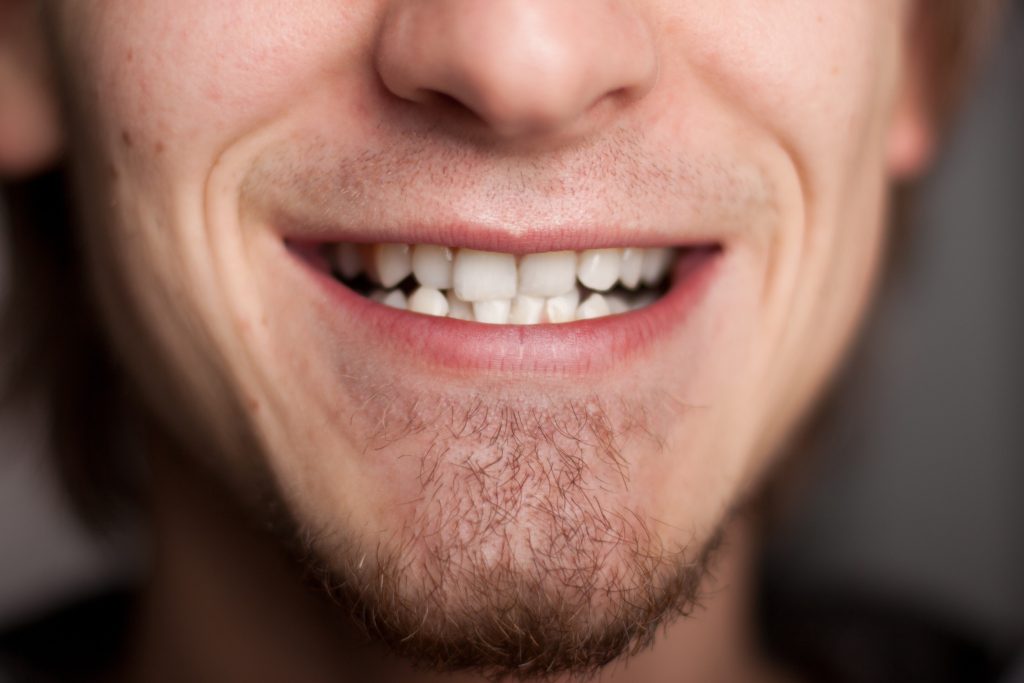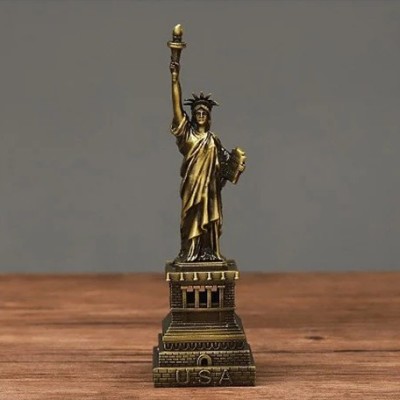
www.optimistdaily.com
Tiny robots offer lasting relief for tooth sensitivity, scientists say
BY THE OPTIMIST DAILY EDITORIAL TEAM
Tooth sensitivity may feel like a minor nuisance. That is, until your morning coffee or scoop of ice cream sends a shock straight through your jaw. But scientists at the Indian Institute of Science (IISc) have unveiled a novel, long-lasting solution that sounds like science fiction: nanorobots guided into your teeth to form permanent protective plugs.
“We’re excited to see this work progress toward clinical use,” says Prof. Ambarish Ghosh, a corresponding author on the new study and a researcher at the IISc’s Centre for Nano Science and Engineering (CeNSE). “This is a compelling demonstration of what nanorobotics can achieve, and how they could significantly impact future healthcare.”
How sensitive teeth work—and why they hurt
To understand how these bots help, it helps to understand what causes sensitivity in the first place. Underneath a tooth’s outer enamel layer lies a section called the dentin. That dentin is full of fluid-filled microscopic channels, or tubules, that lead directly to the nerve endings in the pulp of the tooth.
When enamel wears away due to acidic foods, aggressive brushing, or natural erosion, those tubules are exposed. Suddenly, cold drinks, sweet treats, and even a gust of air can trigger fluid movement inside those channels, which sends pain signals straight to the nerves.
Current treatments like desensitizing toothpaste offer temporary relief by calming nerve response or partially blocking the tubules. But the team at CeNSE has developed something far more durable.
Enter CalBots: tiny bots with a big mission
The new treatment involves nanoscale “CalBots”, which are just 400 nanometers wide and made from magnetic iron oxide and a proprietary calcium-silicate-based bioceramic. That bioceramic material is key to their function: it mimics the structure of enamel and can create a lasting seal inside the tubules.
Once the CalBots are applied to the tooth’s surface, an external magnetic field is used to guide them into the exposed tubules. Within just 20 minutes, researchers observed that the bots formed deep, stable plugs, reaching between 300 and 500 micrometers down.
These plugs act like artificial enamel, creating a barrier that prevents irritating substances from entering and triggering nerve pain. “We think of it as replacing what was lost with a highly targeted, biocompatible solution,” Ghosh explains.
From lab to real-life relief
The research began with extracted human teeth, which were tested in the lab. In every case, CalBots successfully plugged the exposed tubules. The next phase involved mice with induced tooth sensitivity. After receiving the CalBot treatment, they began drinking cold water, something they previously avoided, favoring room-temperature liquids instead.
This promising result suggests that the robots not only form physical plugs but also meaningfully reduce discomfort, possibly for the long term.
What’s next for CalBot tech?
The team is now commercializing the technology through a spinoff company, Theranautilus, and hopes to bring the innovation to dental clinics in the near future. The study was recently published in Advanced Science, a peer-reviewed journal covering cutting-edge research.
For now, patients with sensitive teeth may still rely on toothpaste and lifestyle tweaks, but CalBots may one day offer a deeper fix. If successful in human trials, the tech could provide a rare promise in dentistry: a cure, not just a coping mechanism.
Source study: Advanced Science— Directed self-assembly of magnetic bioceramic deep inside dentinal tubules may alleviate dental hypersensitivityThe post Tiny robots offer lasting relief for tooth sensitivity, scientists say first appeared on The Optimist Daily: Making Solutions the News.










